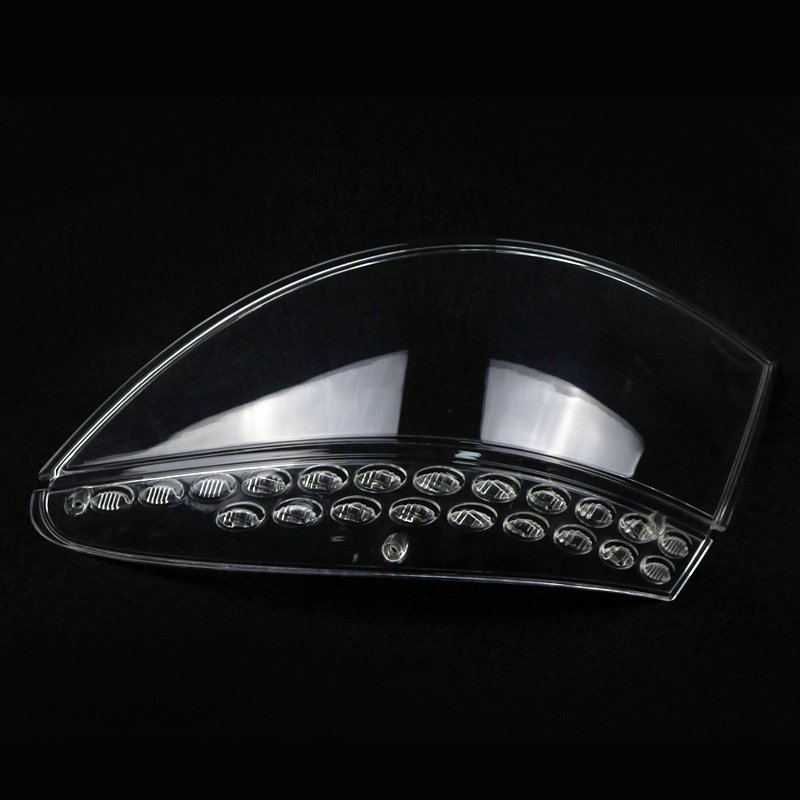Get in touch.
Dear,I will reply in 12 hours. All your message are protected!
Rapid Prototyping Services, Professional manufacturer of CNC Prototyping and 3D Prototyping in China.
New materials developed by scientists at Oxford University are made up of water and are wrapped and protected by lipid molecules.
Thousands of 3D attached caviar
Just like the water drop is named 'water drop Network '.
'We add chemicals and biochemistry.
This changed the water.
After all, we humans are a network of water droplets, 'commented Professor Hagan Bayley of the chemistry department at Oxford University, as quoted by The Daily Mail.
In a study published Friday in the journal Science, the researchers said that the 'droplet network' could one day replace damaged living tissues or ship drugs to specific locations.
'We are not trying to produce materials that are faithful to similar organizations, but rather structures that can achieve organizational functions,' Professor Bayley said at a press conference on the Oxford University website . '.
'Water droplets can be printed with protein holes, forming pathways through a network that simulates the nerves, and being able to transmit electrical signals from one side of the network to the other,' he added . '.
In the end, this material can replace the use of stem cells, a fully synthetic material that has no genome and no repetition.
The creation of a 'drop network' avoids many problems, such as harvesting live organizations.
Scientists at the University of Oxford say they have not had a printer so far to make these drops because they have developed 3D printers that can only make solid objects.
So they built a road in the lab.
The unique 3D printer was built by Gabriel Villar, a student and principal author of the paper.
'Traditional 3D printers are not up to the job of creating these droplet networks, so we have customized one at Oxford labs,' Professor Bayley said . '.
The diameter of each drop is 50 microns, about 0.
05mm, but 5 times larger than living cells.
Professor Bayley said that with more time and money, they would be able to develop smaller networks.
'At the moment, we have created networks with up to 35,000 drops of water, but the size of the networks we are able to make is actually limited only by time and money.
In our experiments, we used two different types of droplets, but there is no reason why you can't use 50 or more different types of droplets.
'At the moment, this material remains stable for a few weeks.
This synthetic material can be designed into different shapes after printing.
It's like muscle movement.
The researchers have demonstrated this by creating a network of similar droplets from the initial flat curve to the sphere.
Var RT = RT | {}; RT. player = RT. player || {}; RT. player. time = Date.
Parsing ('00: 53 GMT, May 30, 2019 ').
Media Player {minimumheight: 150px; }. jwplayer . jw-controls . jw-controlbar . jw-icon-
Display: none;
This movement is triggered by a process called penetration.
The droplets at the bottom of the network are filled with a high concentration solution, and the droplets at the top are filled with a low concentration solution.
When the droplets are printed out, these molecules at the top flow into the droplets at the bottom through a partial permeable membrane.
When this happens, the droplets at the top shrink, and the droplets at the bottom swell up, causing the entire structure to curl.
Var RT = RT | {}; RT. player = RT. player || {}; RT. player. time = Date.
Parsing ('00: 53 GMT, May 30, 2019 ').
Media Player {minimumheight: 150px; }. jwplayer . jw-controls . jw-controlbar . jw-icon-
Display: none;
3D printing provides great opportunities, such as objects as complex as human organs.
Abc Science reports that there are certain advantages in using artificial tissue compared to living tissue, said CameronFerris, research assistant at the center for excellence in electronic materials Science at Wollongong University.
He is part of a team that develops 3d printers that can create replacement organs using livingcell.
'In order to 3d print living tissue, harvesting [stem cells] is very expensive, and so is the food you have to feed them, according to ABC's science, he said:' to plant and expand them, it will take some time for you to have enough stem cells to print. '.

© 2005-2025 Shenzhen Tuowei Model Technologies Co., Ltd. | All Rights Reserved 粤ICP备11096697号